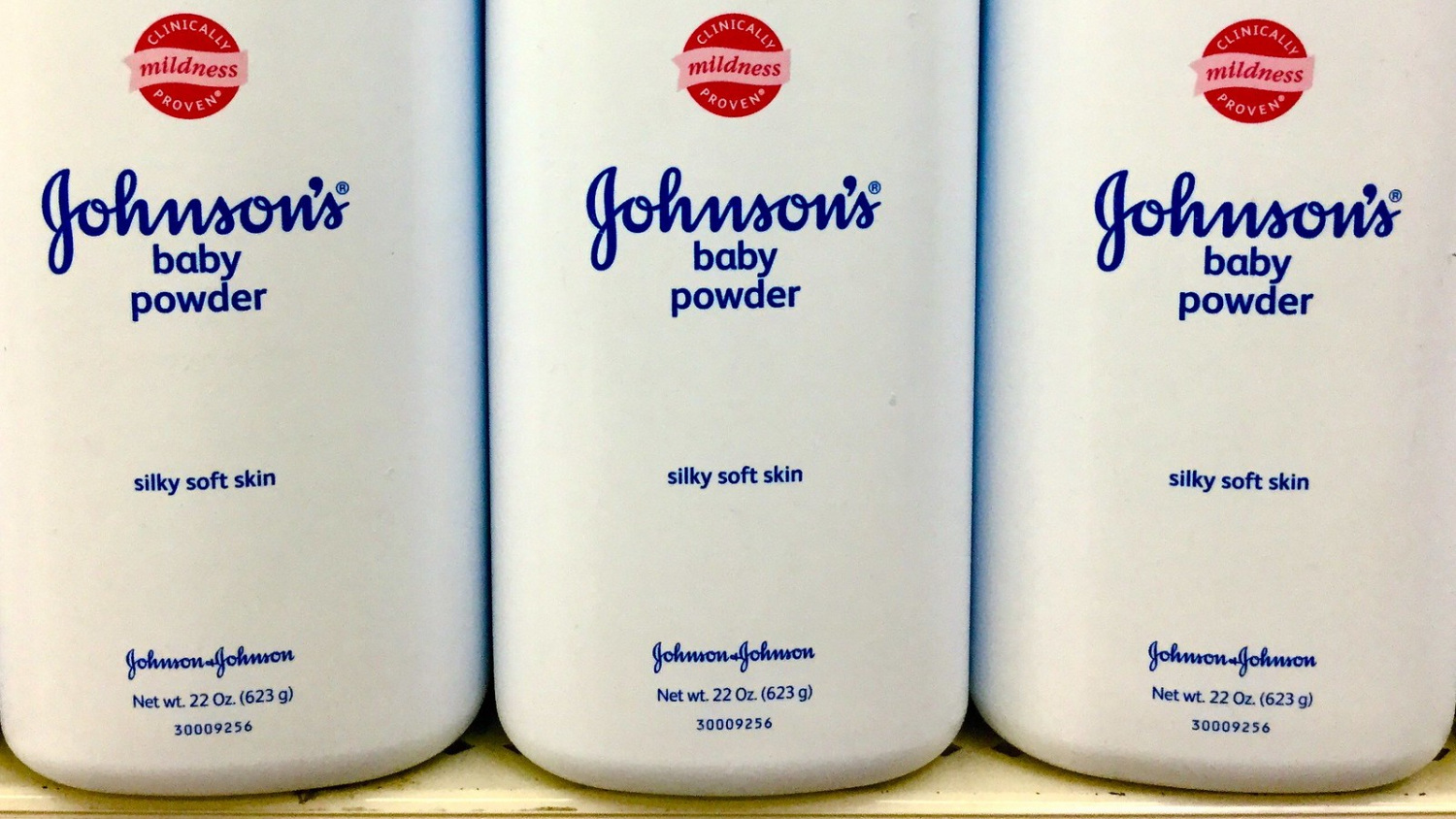Is CDC Hiding Their New Data on Foodborne Illness
Late on the 27th of July, a Friday evening, without any notice to consumer groups and food safety advocates, the Centers for Disease Control and Prevention (CDC) released its annual report of foodborne illness data for 2011. Why the secrecy?
Is CDC Hiding their New Data on Foodborne Illness?
Late on the 27th of July, a Friday evening, without any notice to consumer groups and food safety advocates, the Centers for Disease Control and Prevention (CDC) released its annual report of foodborne illness data for 2011. Why the secrecy?
Perhaps it’s because the data shows that the number of Americans falling ill from foodborne pathogens remained steady in 2011. This continues a long trend – these numbers have held steady or worsened slightly since the mid-2000s and 2011 data does not show any real improvement in fact- it’s stagnant. And last year we had the Listeria outbreak linked to Colorado grown cantaloupes. The number of deaths linked to this outbreak rose to 33, with 147 people infected across 28 states. It is one of the deadliest outbreaks of Listeria the U.S. has seen in 25 years.
The new data shows that there were over 18,000 cases of foodborne illnesses in 2011. 67 people died, included one child under five years old. In 2010 there were 68 deaths, so numbers are just not improving as much as they need to. And 2012 isn’t shaping up to be any better. A quick search of the news for the past two months turns up warnings on shell fish, a multistate outbreak of salmonella due to raw tuna and 33 people sickened by beef with salmonella before it was recalled.
These stagnant new numbers are particularly unsettling when you remember that the Food Safety and Modernization Act was signed into law in January 2011 to prevent just these types of foodborne illnesses. The heart of the new Food Safety and Modernization law was to make it the goal of our food safety system to prevent problems before they led to illness or death. Unfortunately, these new rules have been stalled for nearly a year now with the Office Information and Regulatory Affairs (OIRA). The three most important rules stuck in limbo are:
- Produce Safety Standards – these establish standards for irrigation water, manure, worker-hygiene, and wildlife that may be sources of contamination of fresh fruits and vegetables.
- Rules for the “Foreign Supplier Verification Program” – part of a comprehensive import safety system, which makes importers responsible for the safety of the foods they import.
- Prevention-based Requirements for Food Companies – food companies will be required to develop food-safety plans that will identify possible sources of contamination and specify actions to address them.
Despite the continued health threat posed by foodborne illnesses, these rules are languishing in OIRA without explanation for the delay. Even the Grocery Manufacturers Association has requested that these rules be released.
We applauded President Obama whole heartedly when he spoke in 2009 as both a father and the President, emphasizing that, “at a bare minimum, we should be able to count on our government keeping our kids safe when they eat peanut butter.” But unfortunately, looking at all the recent food recalls and incidents of foodborne illness, peanut butter may be the only safe food Americans can count on right now.
Topics
Authors
Nasima Hossain
Find Out More

Apple AirPods are designed to die: Here’s what you should know

New report reveals widespread presence of plastic chemicals in our food

FTC goes after second tax prep firm, H&R BLOCK joins INTUIT TURBOTAX for deceptive claims of “Free tax prep”


